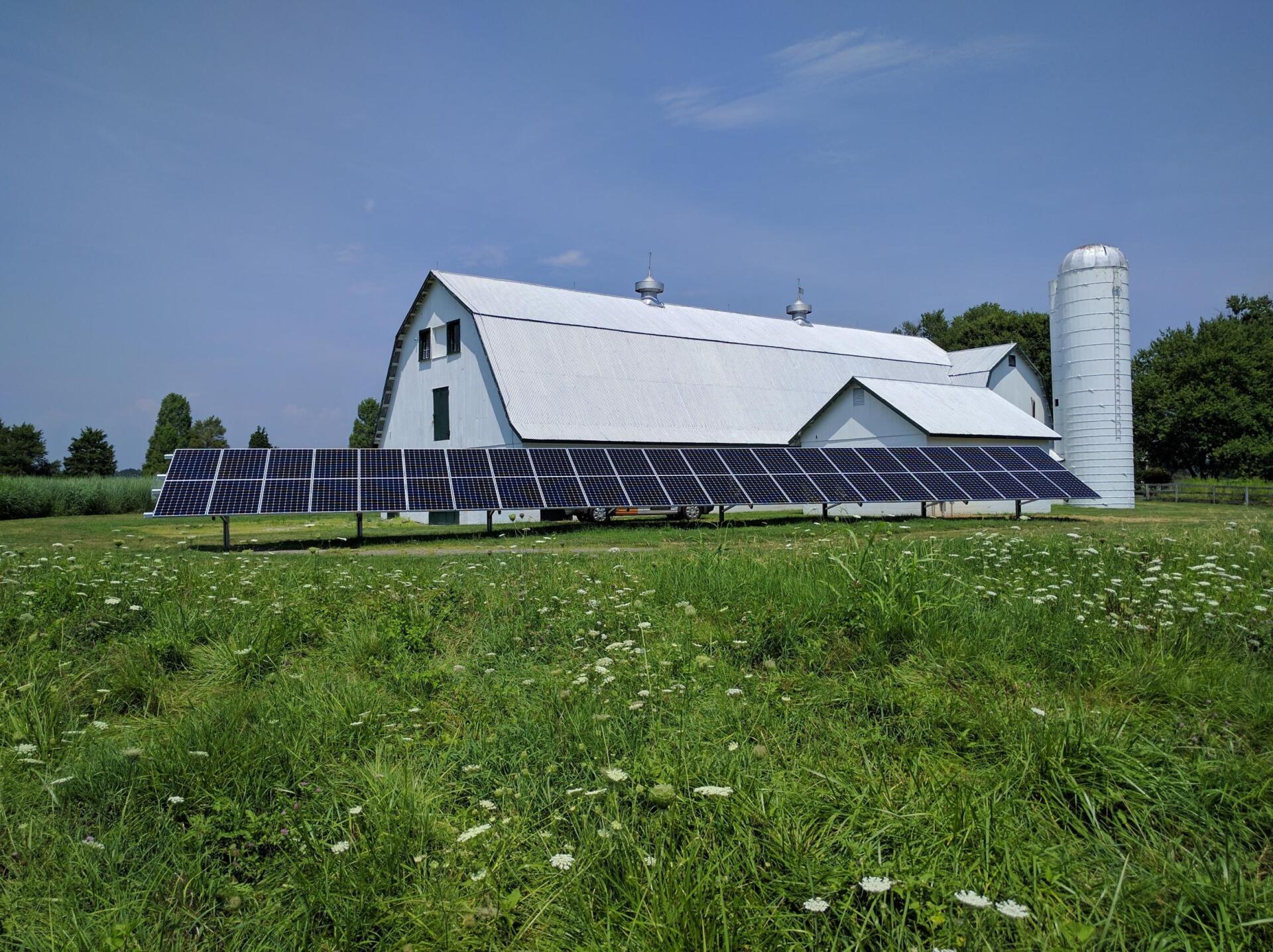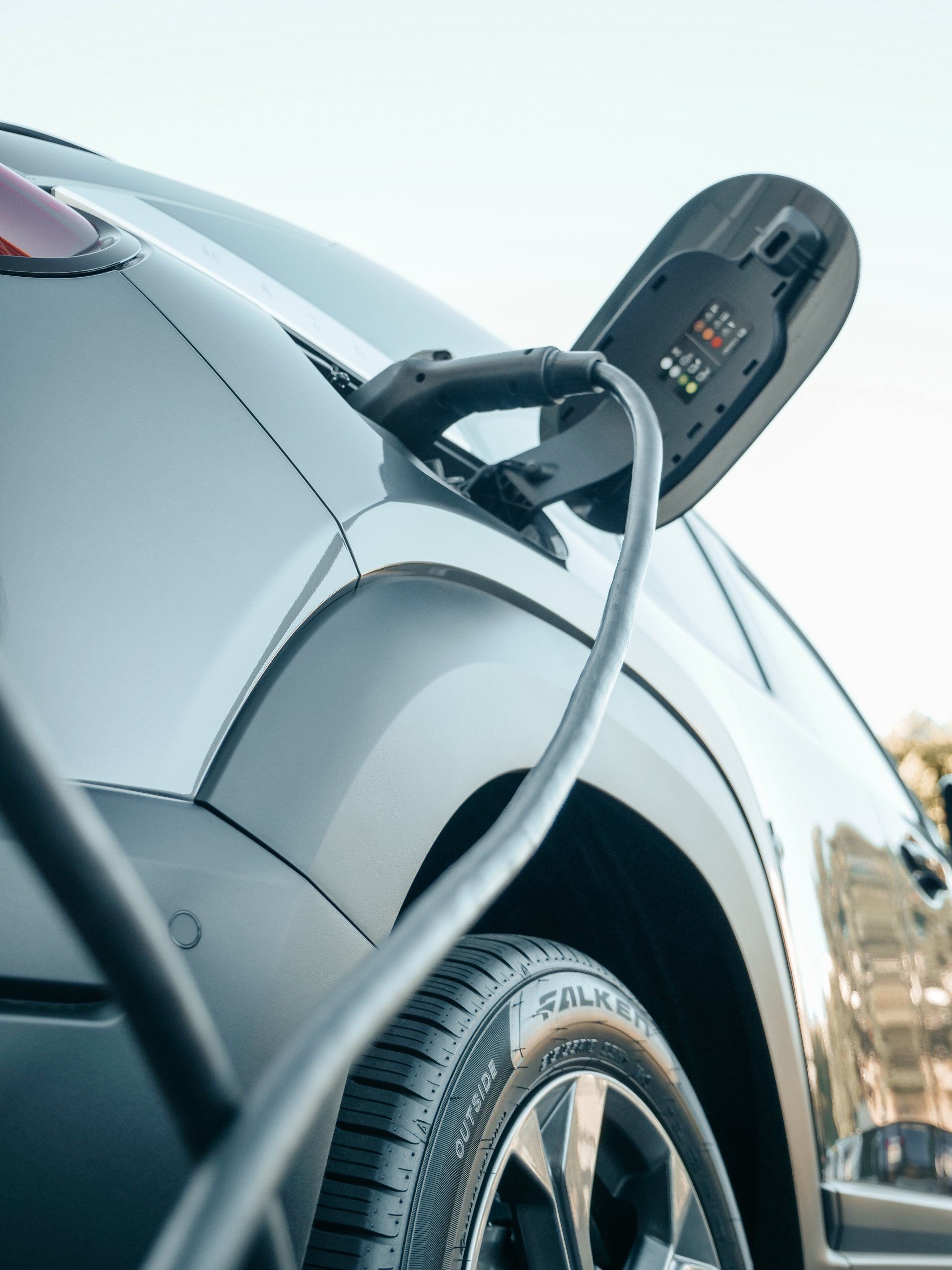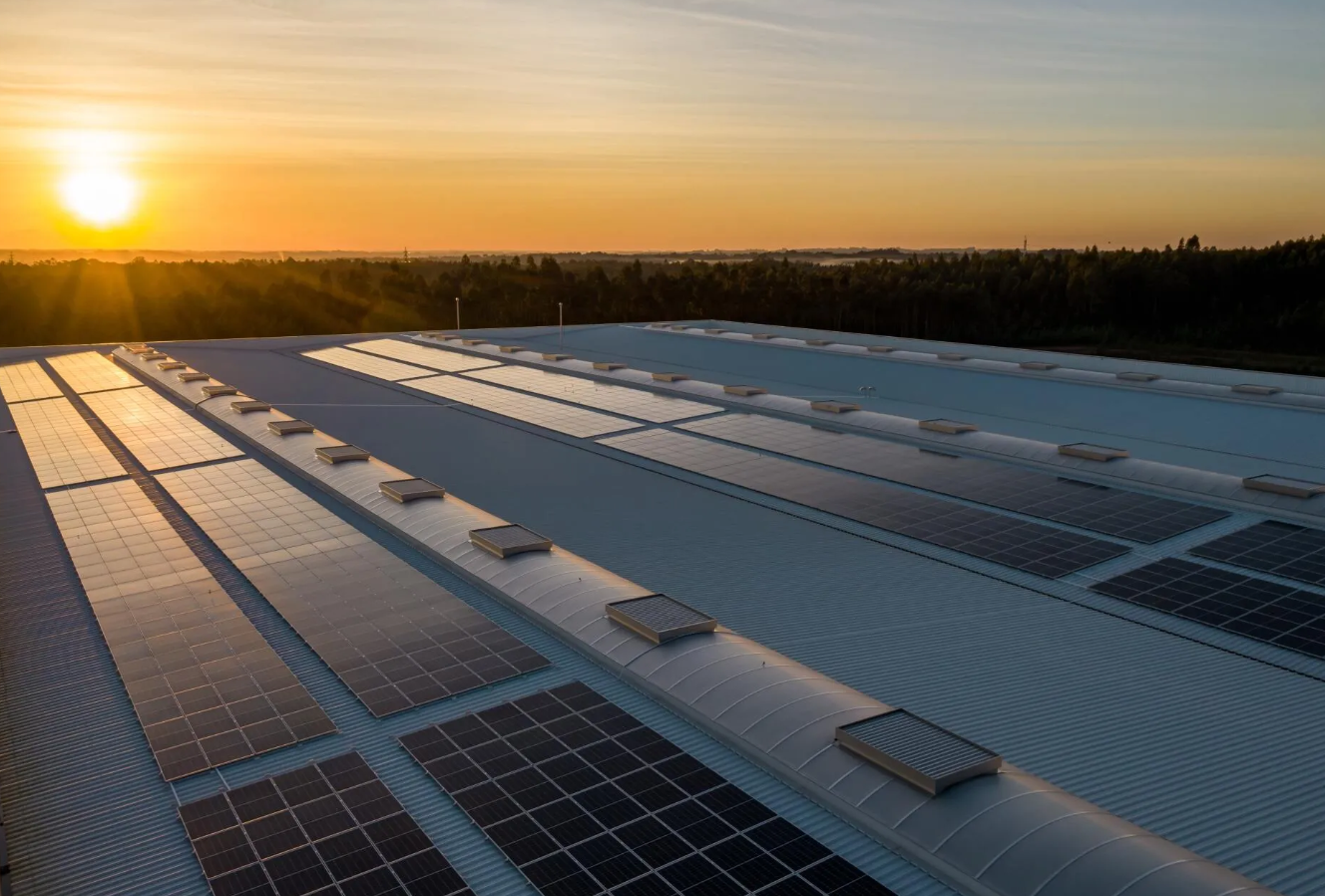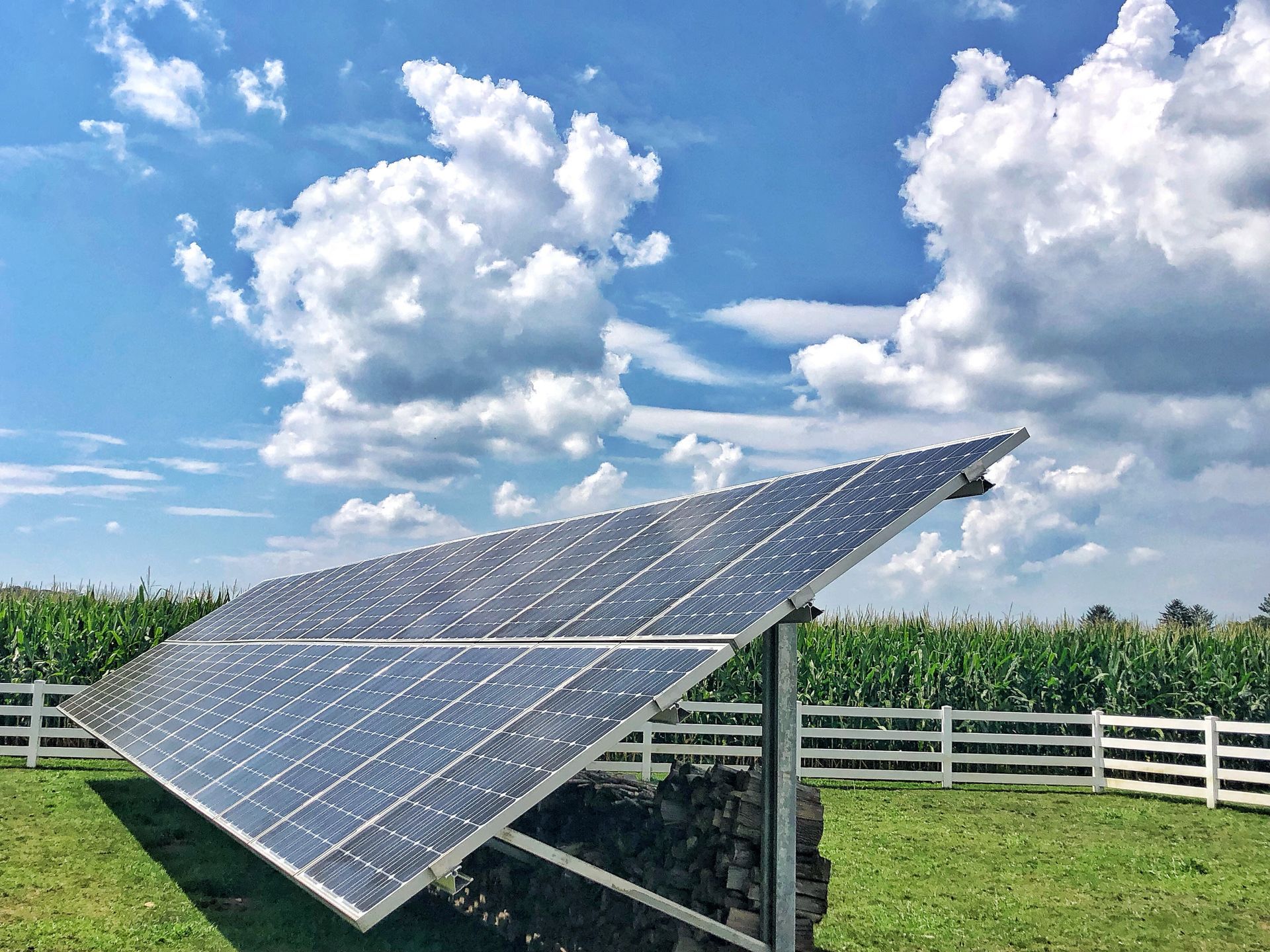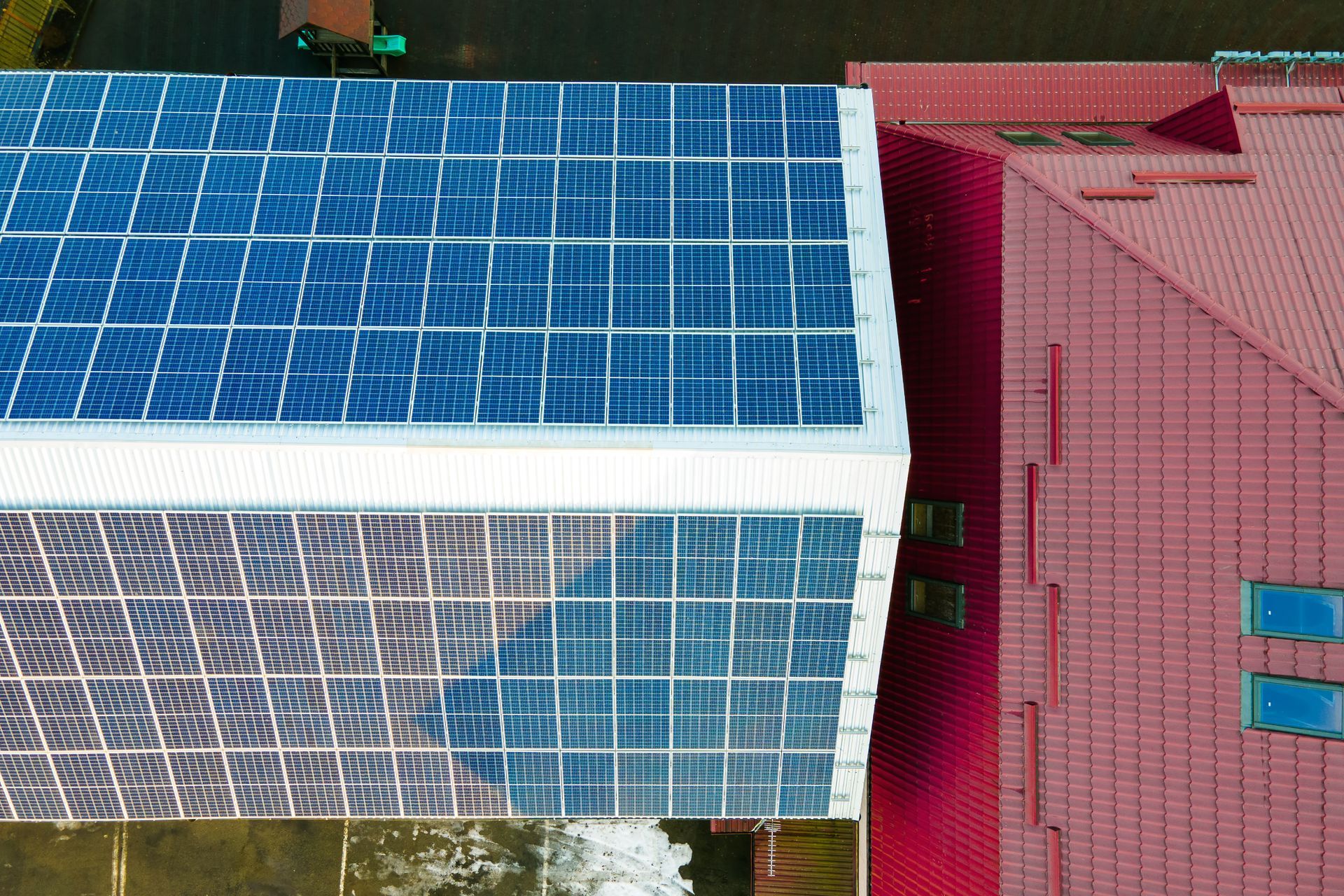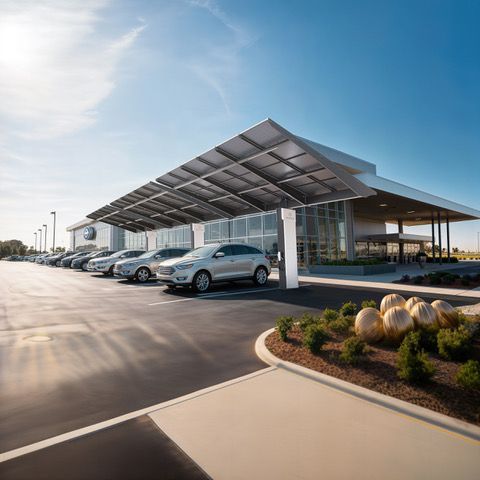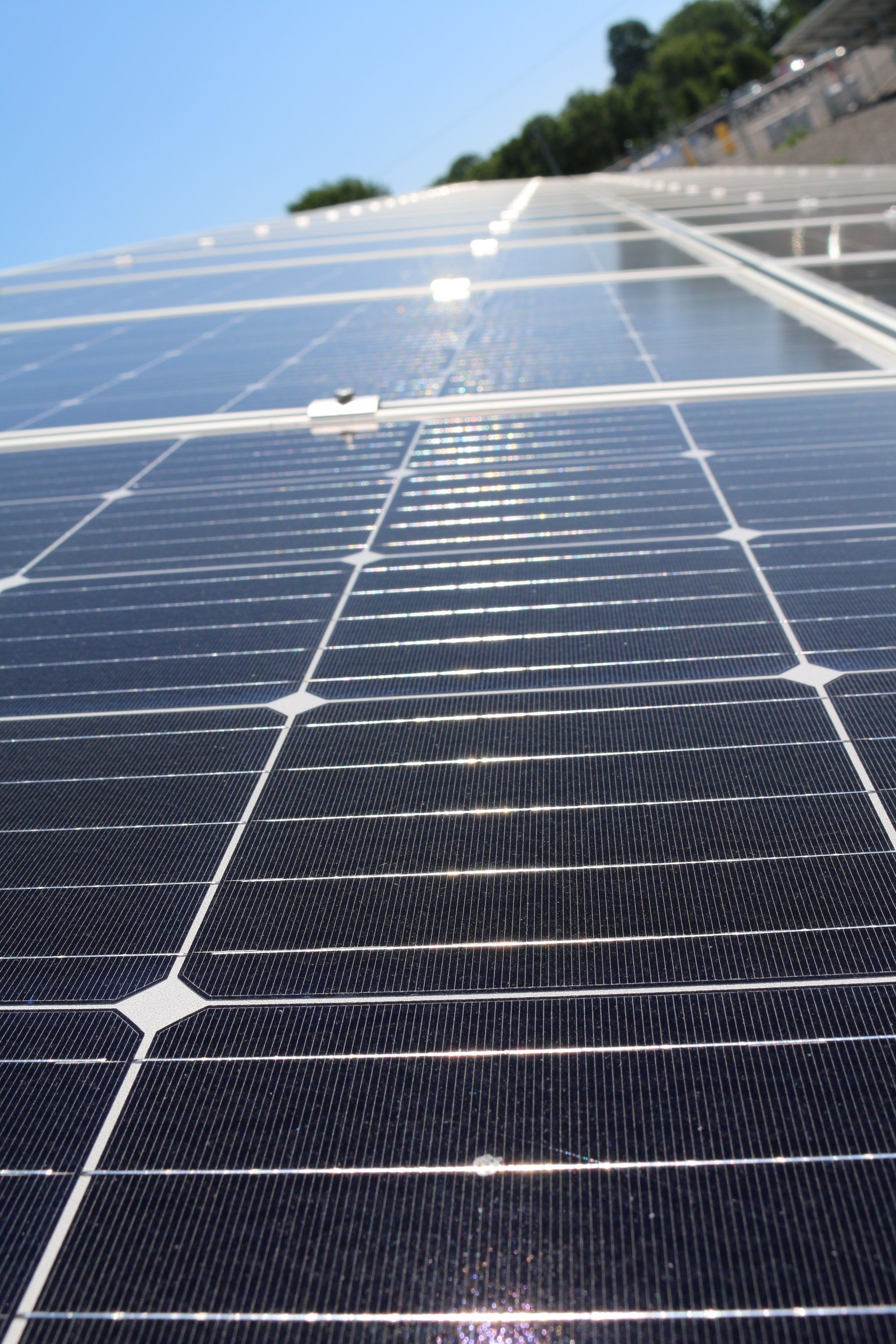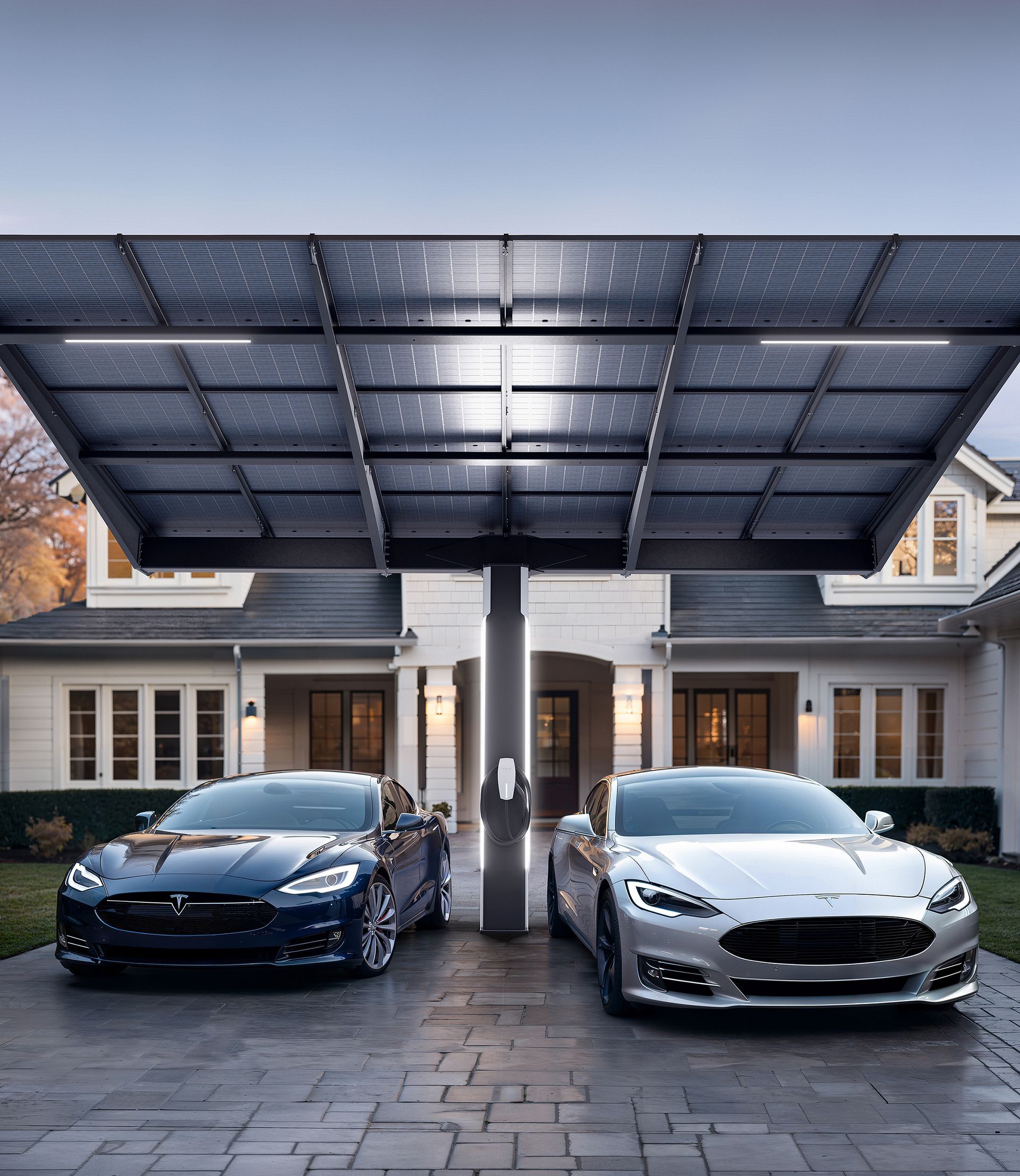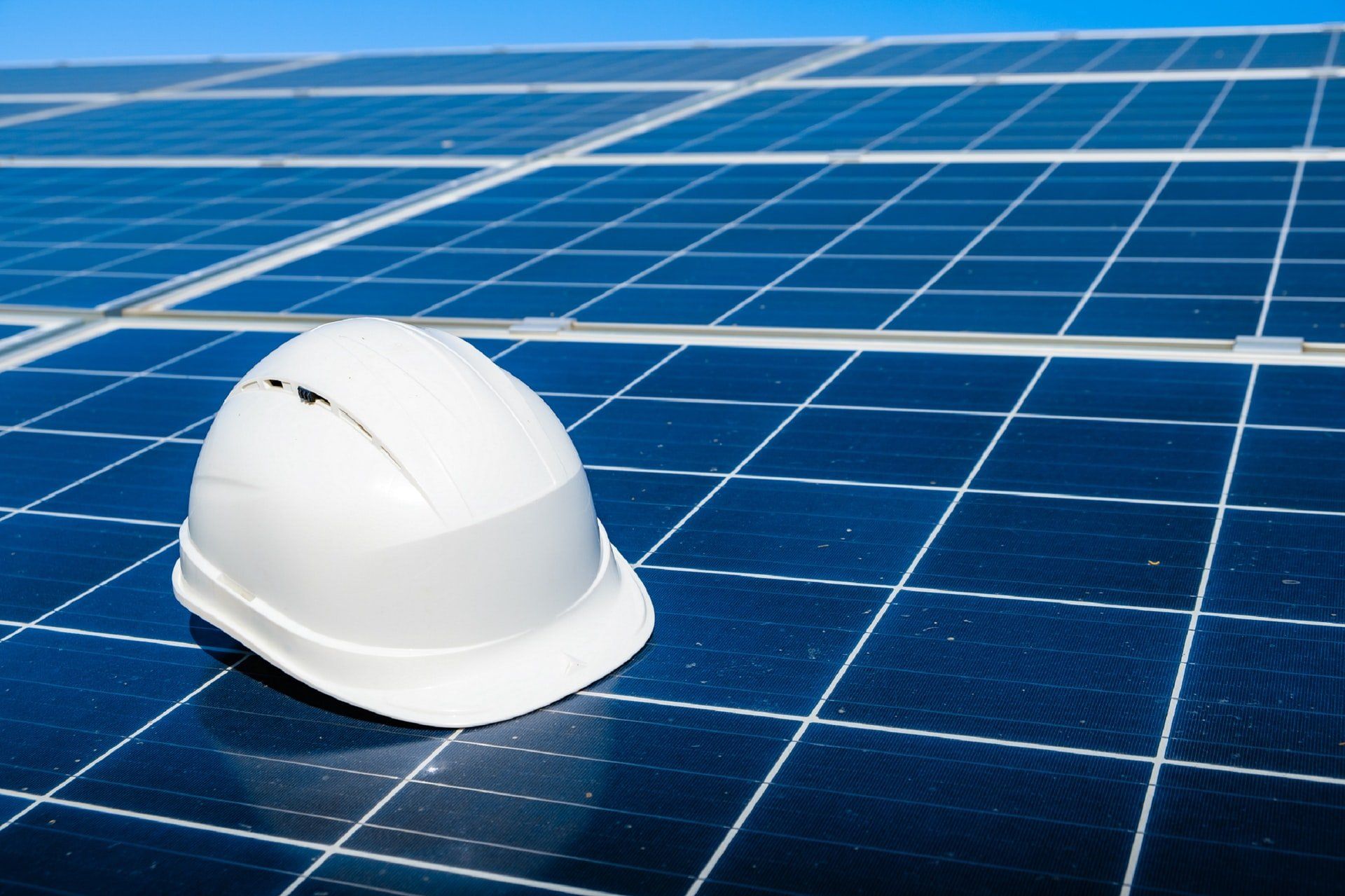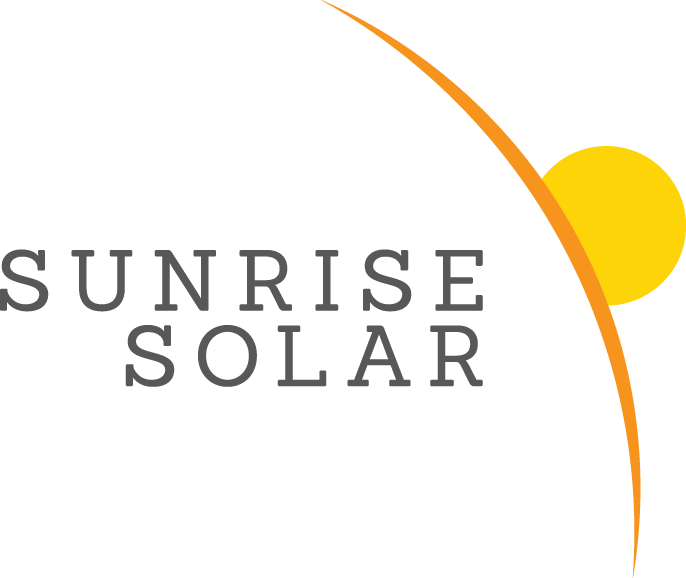Farmers Have Traditionally Been Stewards of the Land
According to the U.S. Energy Information Administration 2013 Annual Energy Outlook Report, the national average cost for electricity in the industrial sector, which includes agricultural and irrigation, is projected to increase from 6.4 cents per kWh in 2013 to 12.8 cents per kWh in 2040 (U.S. Energy Information Administration, 2013). An increase in energy costs will generally raise the prices of agricultural products and reduce farm income, limiting the potential for growth. Energy inputs are important to agriculture, with direct and indirect energy-related expenses repre- senting an average of more than 13 percent of total farm production expenses in 2005–08 (U.S. Department of Agriculture, 2011).
Implementing on-farm solar electric systems can be an excellent way for farmers to reduce and stabilize electricity costs, allowing them to remain profitable and grow for future generations. According to the 2009 On-Farm Renewable Energy Production Survey, it is estimated there are 115 farms in Ohio that have installed a solar electric system to generate electricity (U.S. Department of Agriculture, 2011). According to the study, solar energy was the most prominent way to produce on-farm renewable energy.
Historically, agricultural applications of solar electric systems were used at remote locations to power fences, remote water pumps, and irrigation systems where it was too costly to install a power line to the isolated site. In recent years, however, on-farm solar electric systems are expanding to include grid tied applications to provide electricity to applications with much greater electrical demand. In addition to general indoor lighting in shops and sheds, on-farm solar electric systems can offset the electricity demands for grain drying bin circulation fans and livestock production buildings’ ventilation and cooling systems.
Investing in an on-farm solar electric system is a major decision that requires a significant upfront capital investment. Each solar electric system is unique due to site-specific variables, and system cost and reliability will greatly depend on the experience of your installer and design of your system. So how do you locate a qualified solar electric developer/installer? As a first step, you may conduct a search on the Internet to identify some options. Another approach is to contact your electric utility provider and ask if they can provide you a list of solar developers they have worked with in the past. Perhaps the best option is to contact someone in your area who has installed a system and ask them who they considered and whether they can recommend their installer.
Contact us below for more information or email Kendrick Tice , Sales Manager
